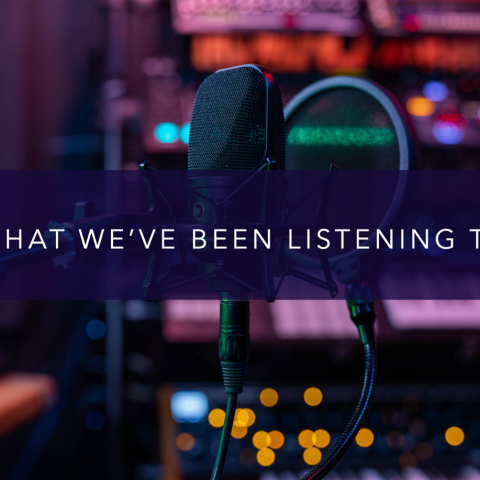How to read the news like a pro

By Ian Silvera, Account Director
The only good thing about tsunamis is that they eventually peter out. The same used to be said for major breaking and developing news events, which would whirl for hours, sometimes even days, and then die down. The news cycle, depending on the magnitude of the event, would be shifted and the media narrative would change. We would all eventually move on.
The Covid-19 crisis presents a new challenge for media outlets and their consumers – a sustained, almost relentless, deluge of information. It is like being endlessly stuck at the bottom of a waterfall. As to the size of the waterfall, analytics company ChartBeat has estimated that around 80,000 novel Coronavirus-related articles are being produced per day.
To help you digest some of that content in a more efficient manner, stopping you from being swept away, you need to understand how news is constructed.
For your typical article, the piece will take the form of an ‘inverted pyramid’, where the top two to three paragraphs provide the news – the who, what, why, when and how – and the next lines will usually feature a quote followed by further paragraphs outlining the context of the story. Broadcast news adopts a similar format, with a piece to camera followed by an interview.
If you want to speed read the news, just read the top lines (or ‘pars’, as journalists call them). The exception to this rule is with feature or analysis pieces, where the ‘news’ or ‘angle’ can be buried further down in the copy.
It is also important in our age of ‘fake news’ (a somewhat used and abused slogan) that you take into account a few things when sharing or actioning this information. Make sure to check the author, publisher and the date of the story. If these aren’t reputable or relate to the past, the article could be misleading, inaccurate or wrong.
Likewise, it is important to take note of the language used. Riffs like “we’re hearing reports” or “seeking confirmation” mean the accuracy of the reporting could be in doubt. This is common with breaking news stories, where new information is coming thick and fast to outlets often by newswires or via journalists scrambling ‘on-the-ground’.
If you are ever unsure about the validity of a story, there are scores of good fact-checking websites online, including Snopes, FirstDraft and Full Fact. For complex policy issues in the UK, the House of Commons’ Library provides impartial research briefings. Images, meanwhile, can be checked against reverse image search services like TinEye.
In addition to speed reading and fact-checking, you may want someone else to digest the news for you. That is where newsletters hold their own thanks to their brevity-focused approach. Most legacy media outlets have at least one newsletter and there are hundreds of independent ones, covering politics, business, technology, science and sports as well as every sub-sector in between.
For general news we would highly recommend The Spoon, while the FT’s Opening Quote, The Telegraph’s Business Briefing and The Morning Brew provide good daily business news breakdowns. Techies, meanwhile, would do well to subscribe to TechMeme, Technology Intelligence and Strictly VC. In politics, Politico Playbook, which drops around 7am in the UK, still reigns supreme.
Much like our guide to creating your own DIY newswire, we would advise that you try not to overdo it. Pick what works for you and your daily regime. You may prefer the tone of one newsletter over another or you may find that you like an incredibly short read, something which the Axios newsletters do very well. News media apps, including Google News and Apple News, can also be very helpful. Use them, alongside our other tips, to filter the waterfall of information, not to expand it.








